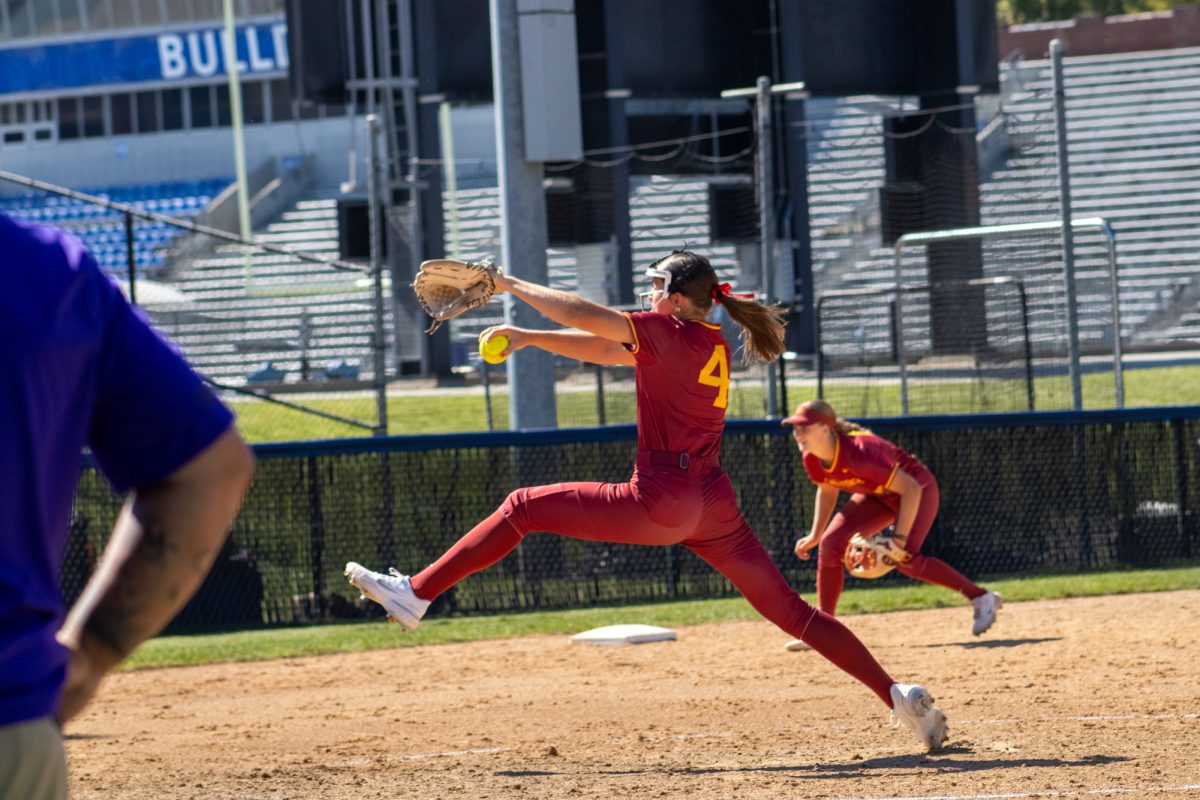Save your back: Use proper form
September 30, 2014
There are endless exercises that can improve a person’s strength and endurance, but if done incorrectly can have serious consequences on a person’s body. Using proper form will not only prevent injury, but will also make the exercise more effective.
Nora Hudson, fitness director of recreational services, explains how proper form allows people to work more efficiently and effectively.
“Proper form is going to activate the appropriate tissue that you want to work in that form of exercise,” said Hudson.
Doing the movement correctly and slowly is actually more effective then moving quickly through the movement because muscles are contracting longer.
Squats, lunges and straight-legged dead lifts are the three common exercises where improper form is common. Here is some things to watch for these exercises:
1. The Squat
When performing a squat, it is very critical to keep your back straight and to make sure you are not leaning forward with the weight on your back.
The most common injuries during a squat is that of the spine and knee.
2. Lunges
Making sure the knee is not going past the toes. When doing a lunge, you want the bend of the leg to be at a 90-degree angle.
3. Straight-legged dead lift
When this move is not done correctly, it tends to cause lower back pain for an individual. It is very important to keep your back flat when lowering your body, not only to prevent injury, but also to get the full affect of the move.
The best way to see if you are using the right form is to practice in front of a mirror with no weight until you are confident that you have the move down.
“If you really want to see muscle definition, you need to break the habit of bad form. People need to evaluate their form to see if they can discover what they are doing wrong and fix what they are doing wrong,” Hudson explains.






